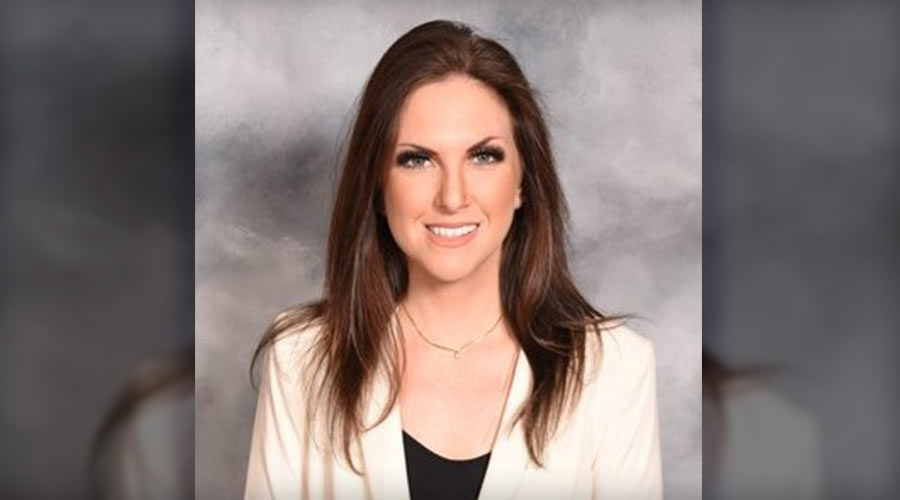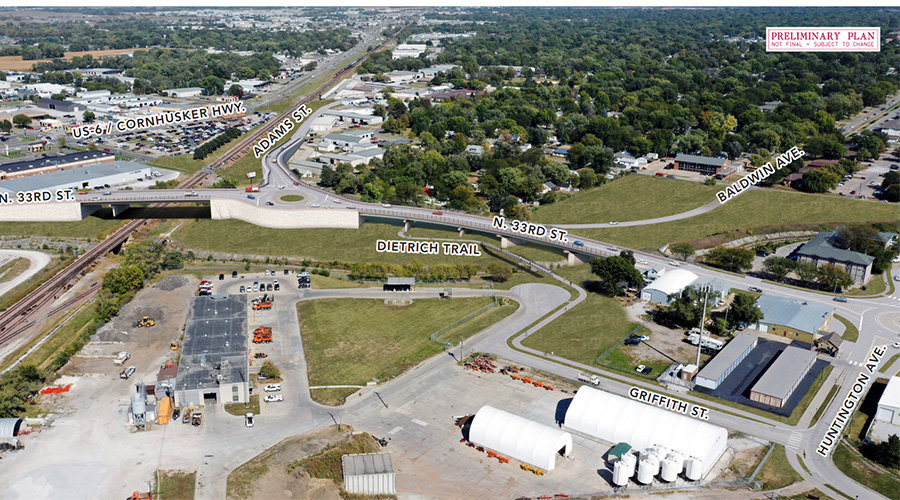Researchers study gender diversity's impact on rail safety culture
5/2/2023
By Julie Sneider, Senior Associate Editor
Two researchers at the Short Line Safety Institute (SLSI) have been studying whether a gender diverse workforce can influence how rail employees perceive the safety culture at their companies.
Julia Leone, manager of research and organizational development at SLSI, and Samantha Lacey, an industrial/organizational psychologist and Ph.D. candidate at the University of Connecticut, discussed their findings at an April 26 webinar hosted by the League of Railway Women. The SLSI conducts on-site assessments of safety culture and provides safety education and training at short lines and regionals.
Leone and Lacey, who’s also a data consultant at SLSI, also described research that shows the benefits a gender diverse workforce can have on individuals and businesses, such as railroads. They hope their research eventually can be used by railroads to improve their safety culture as well as the gender diversity of their workforce.
The Federal Railroad Administration has identified gender diversity as a workforce challenge for the industry, they said. In 2020, women accounted for just 7.4% of all rail workers in the United States, they said, citing the U.S. Bureau of Labor Statistics.
 Julia Leone is manager of research and organizational development at the Short Line Safety Institute. Short Line Safety Institute
Julia Leone is manager of research and organizational development at the Short Line Safety Institute. Short Line Safety Institute “Women are obviously underrepresented in the rail industry,” said Lacey. “Fifty-seven percent of women are currently participating in the labor force — so just 7.4% participating in rail? Rail’s got to get those numbers up. … With older, more experienced workers starting to exit the workforce, women really represent an untapped resource that can be used to fill these positions. [Railroads] can’t afford to continue ignoring half the workforce.”
A lack of information on job titles held by women in rail was difficult to find, Leone and Lacey said. BLS data showed 3.8% of locomotive engineer operators identified as female in 2021, but gender breakdowns for other rail job titles were unavailable.
Others’ research studies have found that companies benefit when women are well represented in the workforce. For example, female representation at the executive levels increased those companies’ return on investment. And where women represent at least 20% of the management team, those companies are more likely to experience an increase in revenue related to innovation.
Moreover, a research study in the transportation sector found that gender diversity on boards of directors was critical to corporate social responsibility performance, including the kinds of eco-friendly practices important to the rail sector, Lacey said.
Since an increasing body of research indicates gender diversity helps boost the bottom line, Leone and Lacey wanted to study whether gender diversity is connected to an improved safety culture at railroads. Generally, organizations that have a strong safety culture — as opposed to goals like working quickly — have been linked to decreases in accidents, fewer fatal and nonfatal injuries, and less loss in work productivity.
Management status is one factor that’s become important for the SLSI to consider when evaluating the safety culture of railroads. Both SLSI and other authors’ previous research has discovered that managers tend to have more positive perceptions of safety culture than craft employees do. There are a couple of possible reasons: One, that craft employees and managers have difference work demands and job experiences; and two, managers are closer to knowing policies, procedures and practices related to safety, which can influence managers’ perceptions.
 “Women are obviously underrepresented in the rail industry.” — Samantha Lacey, University of Connecticut Short Line Safety Institute
“Women are obviously underrepresented in the rail industry.” — Samantha Lacey, University of Connecticut Short Line Safety Institute Research into female railroaders’ perception of safety versus male railroaders’ perception of safety is limited, Lacey noted. However, research in the manufacturing sector has shown that female workers have more positive perceptions of workplace safety and are more compliant with safety management procedures than men are. Also, female workers are involved in fewer workplace accidents than men are.
“A better understanding of these factors [in rail] is important because then we can be better prepared to help railroads build and maintain strong safety cultures, especially in the face of an increasingly diverse future workforce,” Lacey said.
Leone and Lacey’s research — the results of which will soon be published in the Transportation Research Record — involved surveys of 1,239 workers from 23 U.S. short-line and regional railroads that employed a minimum of 25 people. The surveys were conducted between 2016 and 2018 as part of SLSI safety culture assessments of those railroads.
Part of the pair’s efforts was to hold up a magnifying glass to the railroads’ gender diversity. Of the study’s participants: 814 were craft employees (8% were female) and 425 were managers (15% were female).
Six of the 23 railroads had no self-reported female craft employees and nine of the 23 had no self-reported managers.
“So, our sample was not very gender diverse,” noted Lacey.
Their examination of safety culture perceptions found that, yes, managers and craft employees differed in their views. Railroad managers had higher and more positive perceptions of safety culture than craft employees did.
They also found that gender alone did not reflect a difference in safety culture perceptions. But they did discover a difference when gender and job categories were considered. In those cases, female craft workers tended to have more positive perceptions of safety culture than male craft workers had. Likewise, female craft employees had more positive views of their railroads’ commitment to continuous improvement than did male employees.
Such findings could further point to the need for a more gender diverse workforce in order to enforce an improved safety culture in the rail workplace, they said.
Leone and Lacey hope to take a closer look at the differences in views based on specific job categories, as well as the impact that gender diversity can have on safety outcomes.
But even with the small sample used in this study, Leone and Lacey believe their findings point to the need for greater gender diversity in the rail industry workforce.


